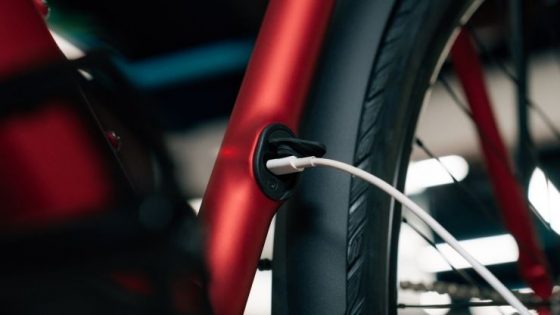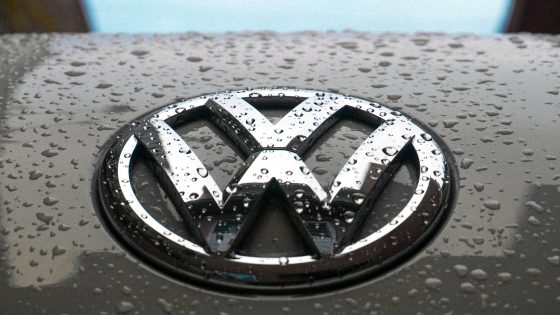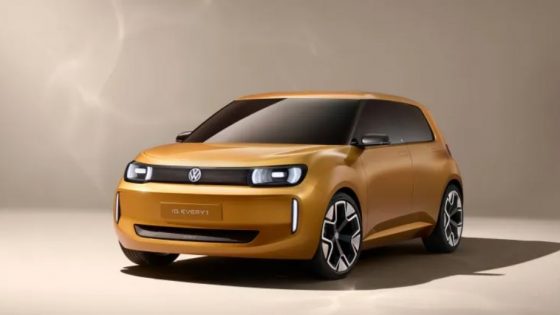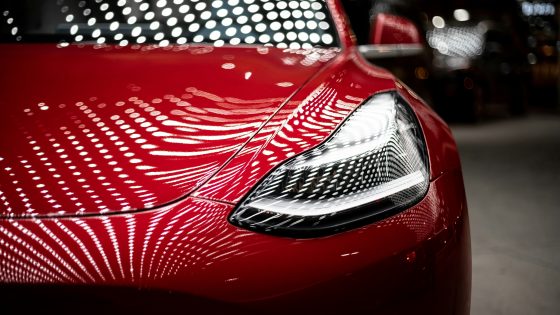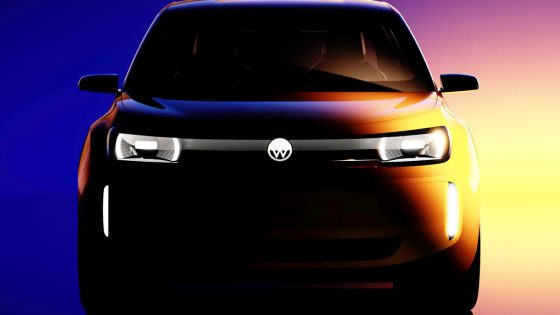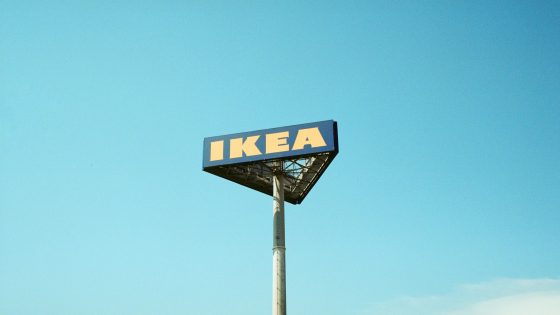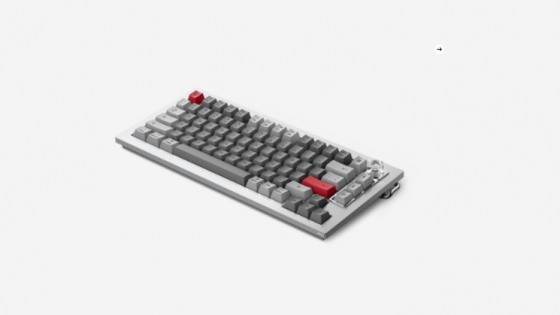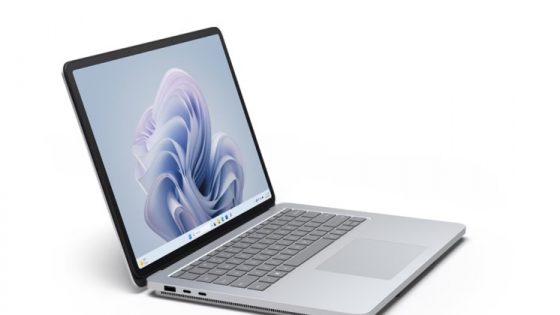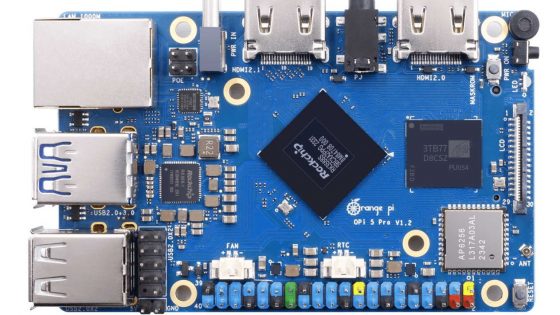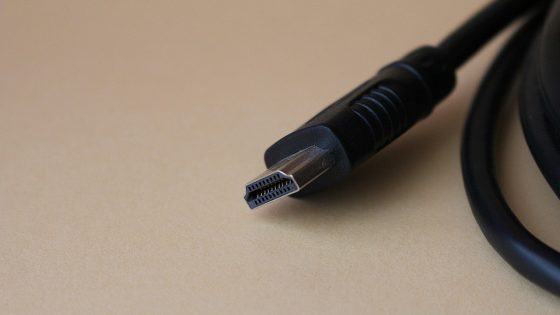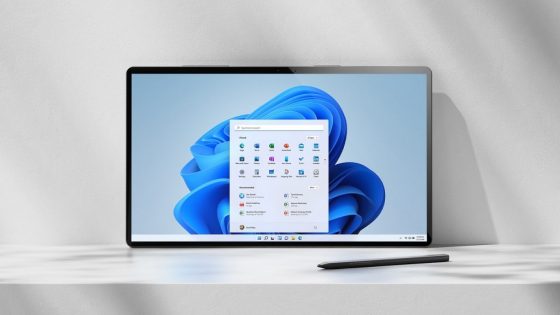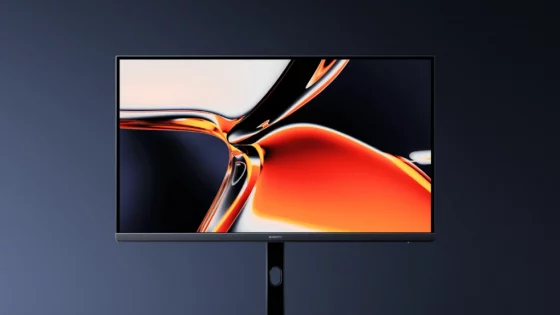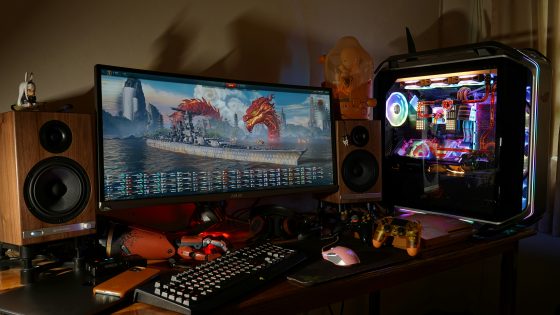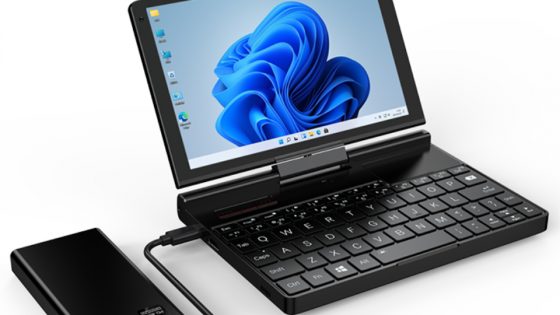The development of the Porsche 911: the balance between safety and design
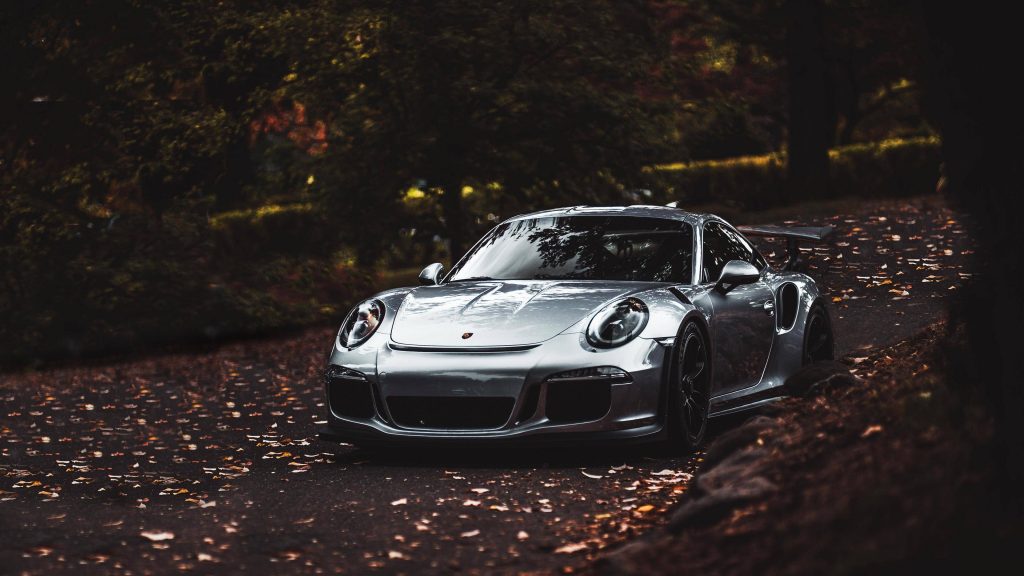
The Porsche 911, a true icon of automotive design and performance, has seen some significant changes in its long and rich history. One of the latest changes to this classic sports car is that it has become bigger and heavier. This caught the attention of both fans and the company.
Porsche design boss Michael Mauer has openly acknowledged this trend. According to him, the 911's larger dimensions are due to a combination of factors, including safety legislation and the need to fit more technology. In an interview with Australia's Drive magazine, Mauer said he would like to see a more compact 911 like the original model. But at the same time he acknowledged that this is challenging due to the current age of internal combustion engines (ICE) and accompanying regulations.
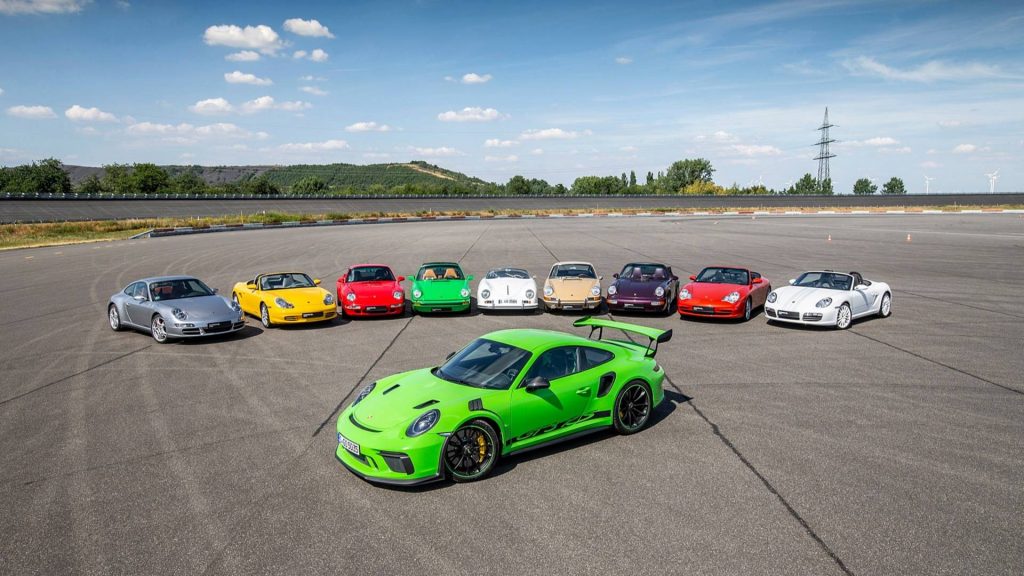
The 911's growth isn't just about looks. It is also a reflection of how the automotive industry is responding to increasingly stringent safety regulations. These regulations mean that various safety features and structural reinforcements must be added, increasing the overall size and weight of the vehicle. In addition, as performance improved, so did the need for larger wheels and brakes to handle the extra power, adding to the car's "extra fat."
Despite these challenges, Mauer is optimistic that advances in electric vehicle technology will eventually make it possible to downsize. Improvements in battery technology could return the 911 to its smaller, more efficient roots.
The size of the 911 is part of a larger conversation about the future of sports cars in an age of increasing electrification and automation. While some people who are really into cars may not like the changes, others feel that they are necessary due to the way the world is evolving today.
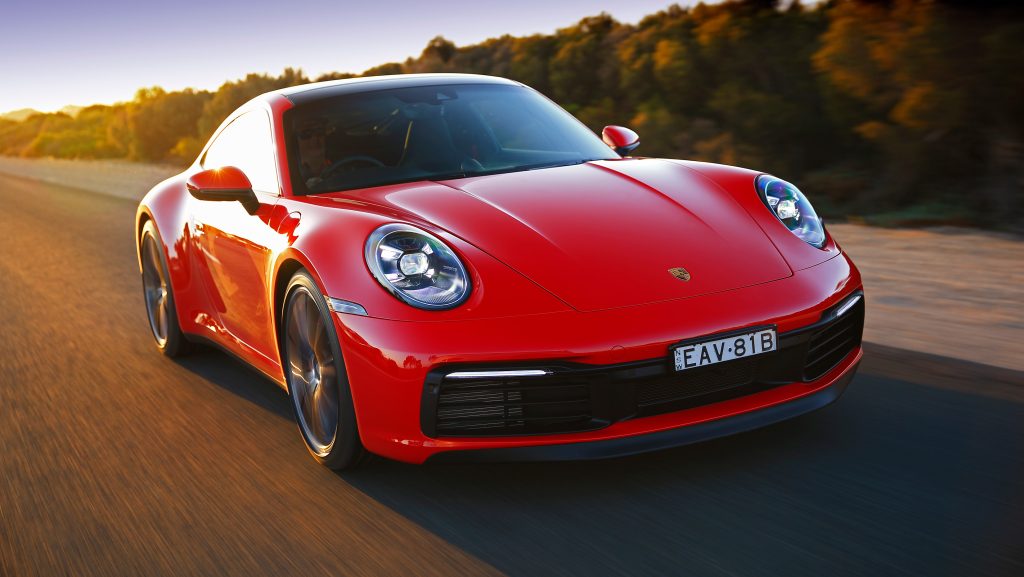
Porsche is trying to find a way to honor the legacy of the 911 model while meeting the requirements of modern legislation and consumer expectations. It's a tricky balance. People in the automotive industry and car enthusiasts will be watching closely to see how Porsche handles this. This could set a precedent for how classic car designs can evolve to meet modern demands.
As the automotive industry continues to change, the Porsche 911 is likely to remain a symbol of the tension between tradition and innovation. It's still unclear whether it will retain its legendary status in the face of these changes, but one thing is certain: conversations about the design and performance of the 911 will continue.



